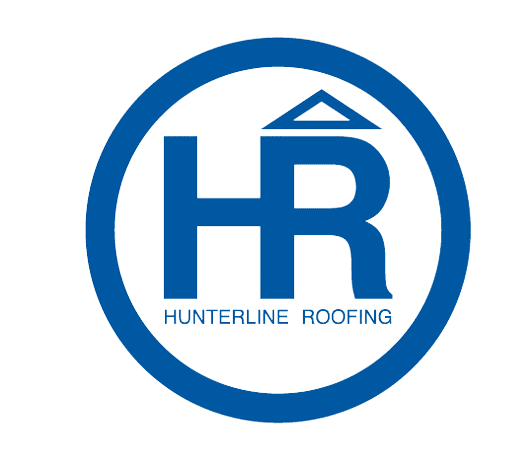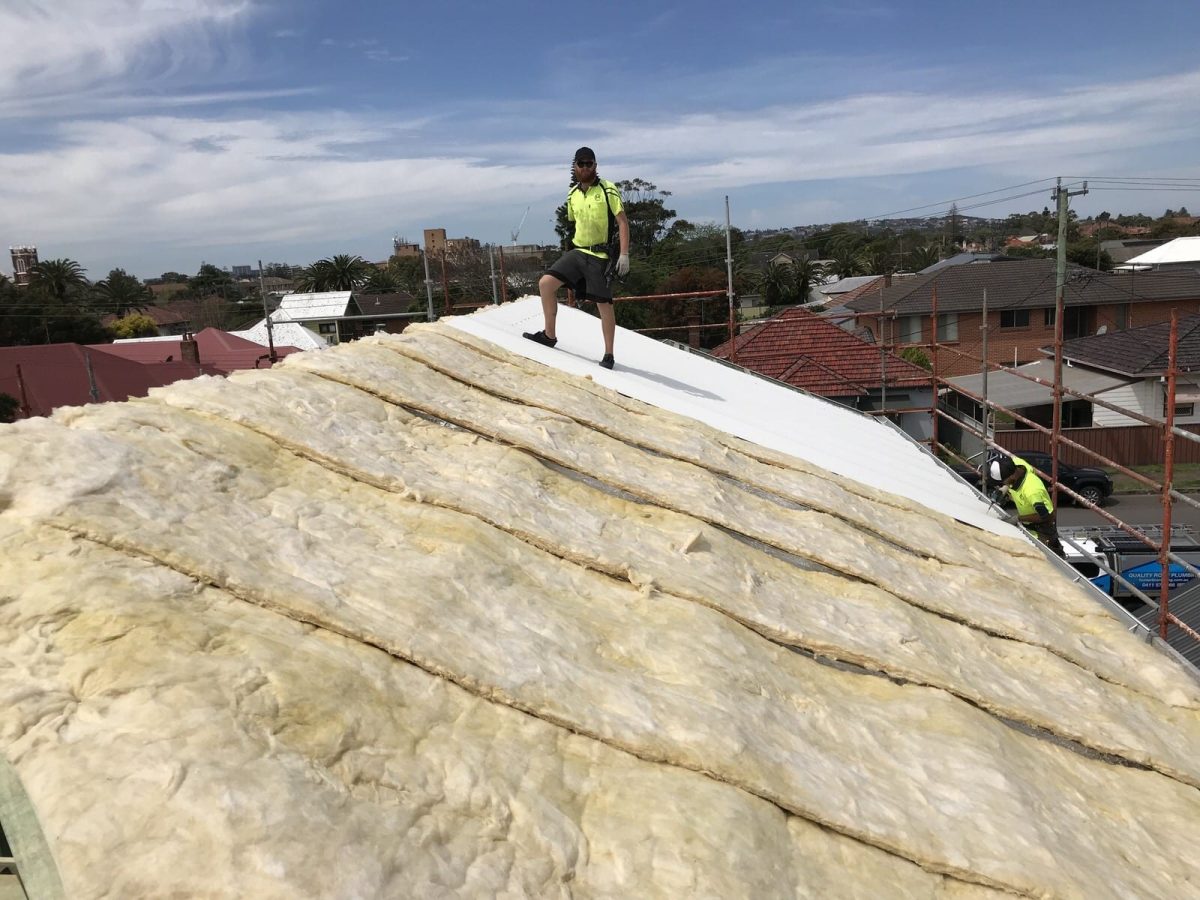Whether it’s a result of time, severe weather conditions in Newcastle, NSW, or faulty installation, a leaking roof can cause serious damage to your home if left untreated.
Fortunately, there are a few simple steps that homeowners can take to repair a damaged or leaky roof.
1. Inspect your roof for any leaks
Even a small leak can cause extensive damage to your home. As such, it’s important to catch them early. Luckily, there are a few tell-tale signs that can help you spot a roof leak before it does serious damage.
- First, take a look at your ceilings and walls for any stains or discoloration. This is often caused by water seeping through the roof and can be a sign of a serious problem.
- Another area to check is around your gutters and downspouts. If you see any rust spots or peeling paint, it’s likely that water is getting in through there as well.
- Finally, be sure to check your attic for any signs of leaks. If you see any daylight coming through the roof, it’s time for repairs.
2. Seal any cracks or holes in the roof
If you have cracks or holes in your roof, it’s important to seal them as soon as possible to prevent water damage. There are a few different ways to do this, depending on the size and location of the issue.
- For small cracks or holes, you can use caulk or self-adhesive flashing tape. Be sure to clean the area around the crack first, then apply the sealant evenly.
- For larger holes, you may need to replace missing shingles or install a new layer of roofing felt.
Whatever method you choose, be sure to seal any cracks or holes in your roof promptly to avoid further damage.
3. Repair damaged shingles and flashing
If you notice that your roof is leaking because of damaged shingles and flashing, it’s important to repair it as soon as possible to avoid further damage. Shingles can be damaged by wind, hail, or tree limbs, becoming cracked or going missing over time. Flashing is the material that seals the joint between the roof and the chimney. As such, it can become corroded or loose over time.
To repair damaged shingles, start by removing the damaged portion with a utility knife. Then, cut a replacement piece from another shingle and nail it into place.
To repair damaged flashing, start by removing any nails or screws that are holding it in place. Then, use a putty knife to apply a bead of caulk around the perimeter of the damage. Finally, press the flashing into place and secure it with nails or screws.
These steps can help you effectively repair damaged shingles and flashing, thus preventing further leaks.
4. Add insulation to help keep your home warm and dry
Insulation helps to keep your home warm in the winter and dry in the summer, reducing noise and saving energy at the same time. There are many types of insulation available, so it is important to choose the right type for your home.
Fibreglass insulation is a popular option because it is effective and easy to install. However, it is important to wear protective clothing when installing fibreglass insulation, as the fibres can cause skin irritation.
Another option is spray foam insulation, which forms a tight seal after being sprayed into place. Spray foam insulation is more expensive than fibreglass, but it is also more effective at reducing energy costs.
No matter what type of insulation you choose, adding insulation to your home is a great way to improve its comfort and efficiency.
5. Check your gutters and downspouts for proper drainage
Blocked gutters can cause all sorts of problems, including roof leaks, foundation issues, and even flooding. To check your gutters:
- First make sure they’re clean – otherwise, you won’t be able to tell if they’re actually draining properly.
- Once they are clean, take a hose and run water through the gutters to see how well they’re carrying it away.
- If they seem to be draining slowly or backing up, then you’ll need to take action to clear the blockage.
Downspouts can also be checked by running water through them and seeing how well they drain.
If water is pooling around the base of the downspout or coming back out of the gutters, then the downspout is blocked. In either case, it’s important to clear the blockage as soon as possible to prevent further damage to your home.
Are you experiencing problems with your roof or want to have it examined?
At Hunterline Roofing, our team of professionals is available to assist you with all of your roofing problems, including failing waterproofing, leaking flashings, cracked tiles, wind and weather damage, corrosion, and salt damage.
We’ll work with you to find the best solution for your home and budget, making sure we get the job done right so you can rest easy knowing that your roof is in good hands.



